Markets Rally as Nvidia Leads Tech Surge; Global Currencies React to Policy Shifts and Tariff Concerns | Daily Market Analysis
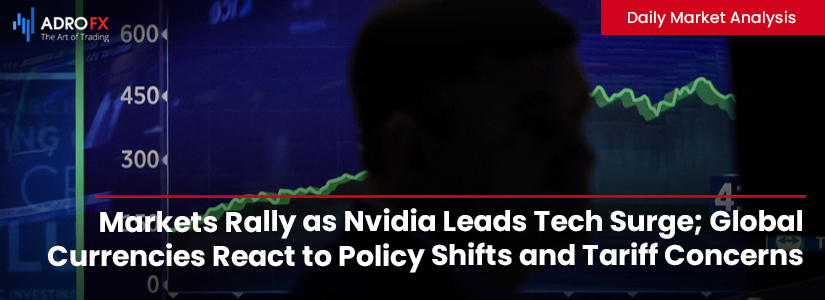
Key events:
- UK - BoE MPC Member Mann Speaks
- USA - Fed Chair Powell Testifies
- USA - FOMC Member Bowman Speaks
- USA - FOMC Member Williams Speaks
The S&P 500 closed higher on Monday as a rally in tech stocks, led by Nvidia, outweighed investor concerns over US tariff policy ahead of a pivotal week filled with economic data releases and Federal Reserve Chair Jerome Powell’s testimony.
The Dow Jones Industrial Average climbed 166 points (0.4%), while the S&P 500 gained 0.7%, and the NASDAQ Composite advanced 1%.
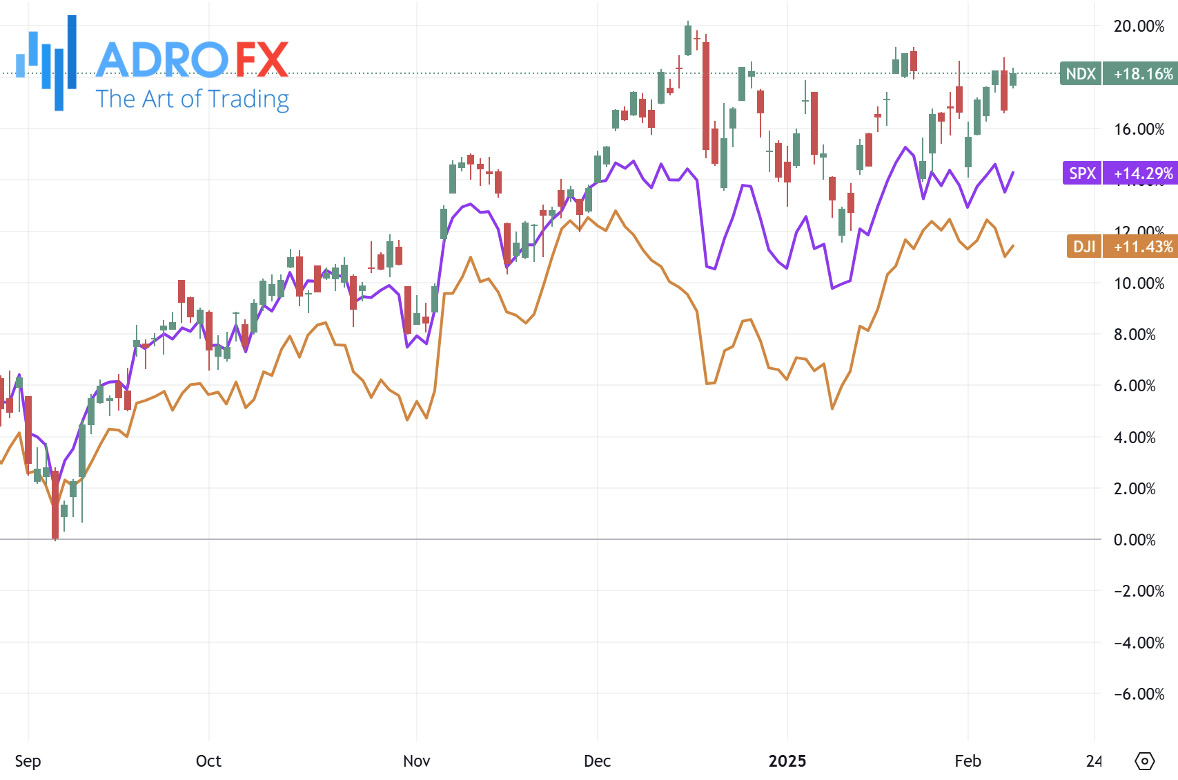
Nvidia (NASDAQ: NVDA) surged 3% after Evercore ISI upgraded the stock, citing its recent pullback as a buying opportunity. The chipmaker had faced pressure in recent sessions amid rising competition concerns linked to AI startup DeepSeek. However, Evercore analysts, following discussions with top AI engineers at major cloud providers, suggested that DeepSeek’s advancements offered only marginal cost benefits rather than a disruptive technological shift. Nvidia’s stock movement comes ahead of its quarterly earnings report, scheduled for release on February 26.
Meanwhile, the Japanese Yen remained range-bound against the US Dollar during the Asian trading session on Tuesday. Growing expectations that the Bank of Japan will tighten monetary policy further continue to lend support to the currency. BoJ Governor Kazuo Ueda and Deputy Governor Shinichi Uchida have both signaled the possibility of additional rate hikes, contingent on economic data aligning with the central bank’s projections. Last week, BoJ board member Naoki Tamura suggested that Japan’s benchmark rate might need to rise to 1% by the second half of the fiscal year starting in April. The pressure for further tightening stems from persistently high inflation, which has exceeded the BoJ’s 2% target for nearly three years, leading to concerns over consumer spending.
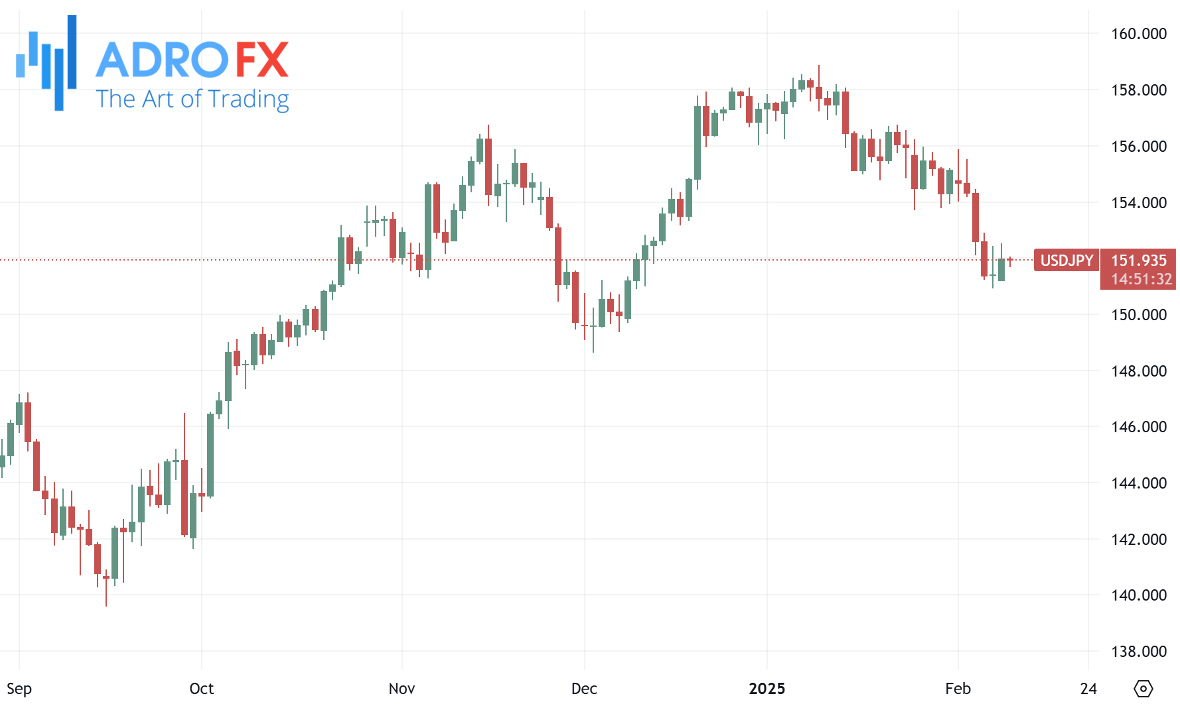
The Australian Dollar weakened against the US Dollar on Tuesday, weighed down by President Donald Trump’s decision to expand tariffs on steel and aluminum imports by 25%, revoking trade exemptions granted to key US allies, including Australia. The White House confirmed the removal of all previous import tax exclusions, further noting that additional tariffs on microchips and vehicles were under consideration.
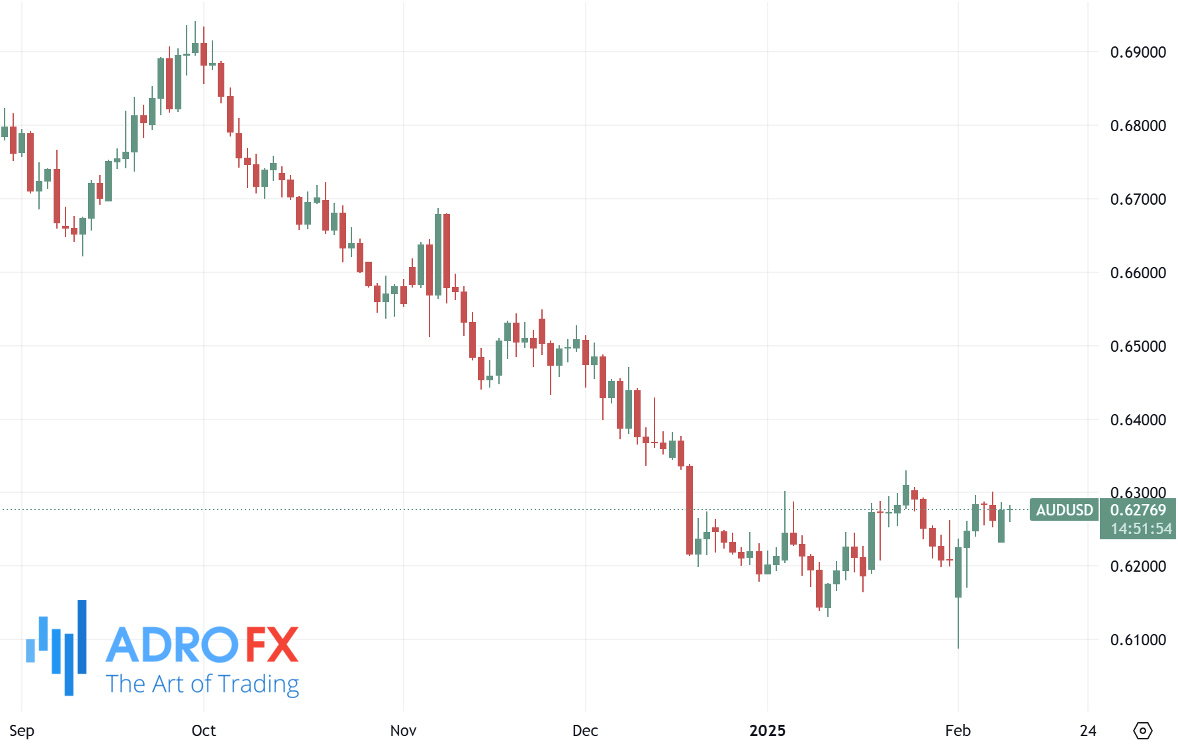
Following the announcement, Trump indicated he would “strongly consider” Australia’s request for an exemption, citing the country’s trade deficit with the US Australian Trade Minister Don Farrell reaffirmed on Monday that the government was pushing for a similar exemption to the one secured in 2018 under Trump’s first term.
On the economic front, Australia’s Westpac Consumer Confidence edged up 0.1% in February, reaching 92.2 from 92.1 in January. Despite the marginal increase, sentiment remains subdued as households grapple with financial pressures and rising living costs. Market expectations for an interest rate cut by the Reserve Bank of Australia have strengthened, with traders now pricing in a 95% probability of a reduction from 4.35% to 4.10% at the central bank’s next meeting. Recent inflation data suggests that underlying price pressures are easing more quickly than anticipated, prompting major Australian banks to revise their rate-cut projections forward from May to February.
The USD/CHF pair extended its gains for a fourth consecutive session, trading around 0.9115 during early European hours on Tuesday. The Swiss Franc remains underpinned by safe-haven demand amid lingering geopolitical tensions in the Middle East. On Monday, the Kremlin warned that US-Russia relations were at risk of total collapse, refusing to confirm President Vladimir Putin’s reported conversation with Donald Trump, despite Trump’s claims of recent communication.
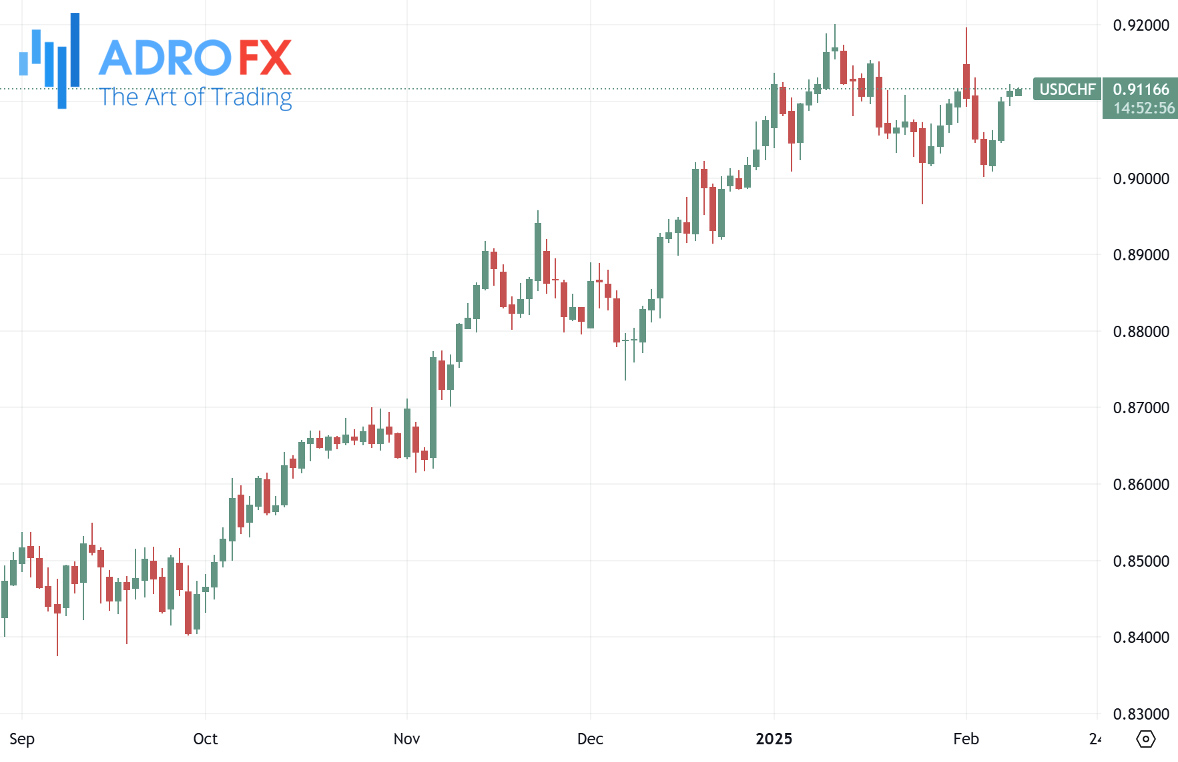
Analysts suggest the Swiss Franc could continue to strengthen in the months ahead, with Commerzbank’s Michael Pfister noting that the Swiss National Bank is unlikely to revert to negative interest rates. The SNB’s rate-cutting cycle may conclude at a policy rate of 0.0%, compared to its current level of 0.5%.
The British Pound remained under pressure for the fourth straight session, with GBP/USD hovering near 1.2350 during Asian trading on Tuesday. Bank of England Monetary Policy Committee member Catherine Mann cautioned late Monday that UK businesses might struggle to raise prices in 2025 as job losses and weakened consumer spending ease inflationary pressures. Mann, scheduled to speak again this week, highlighted that corporate pricing power is waning, which could help keep inflation in check. Investors will closely monitor BoE Governor Andrew Bailey’s remarks later on Tuesday for further policy cues.
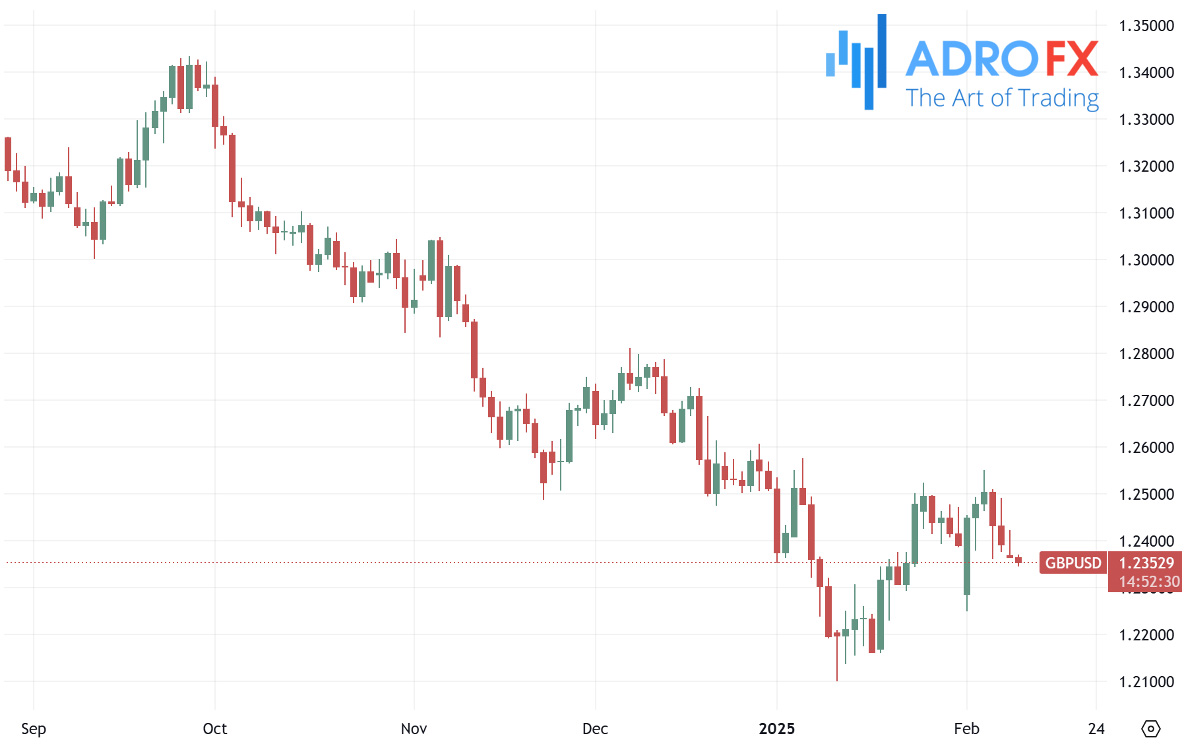
On the data front, the British Retail Consortium reported that Like-for-Like Retail Sales in the UK rose 2.5% year-on-year in January, slowing from December’s 3.1% increase but exceeding market forecasts of 0.2%. BRC Chief Executive Helen Dickinson noted that while the retail sector remains resilient, the sustainability of this growth is uncertain.
The broader market’s focus now turns to Fed Chair Jerome Powell’s congressional testimony, which begins Tuesday. Investors are keen to gauge the Fed’s stance on interest rate cuts and any potential shifts in monetary policy. Additionally, the upcoming US consumer inflation report on Wednesday is expected to provide crucial insight into the near-term trajectory of the US Dollar.









